All templates
Monster Workshop
Watch the video
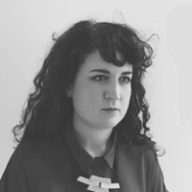
Nina Torr
Illustration Lecturer @ The Open Window
Nina Torr is an artist/illustrator based in Pretoria, South Africa. She currently teaches illustration and curates a gallery at The Open Window.
Categories
Similar templates
Icebreaker Template
1 likes
64 uses

Terrific Ten Ice Breakers
526 likes
5.8K uses
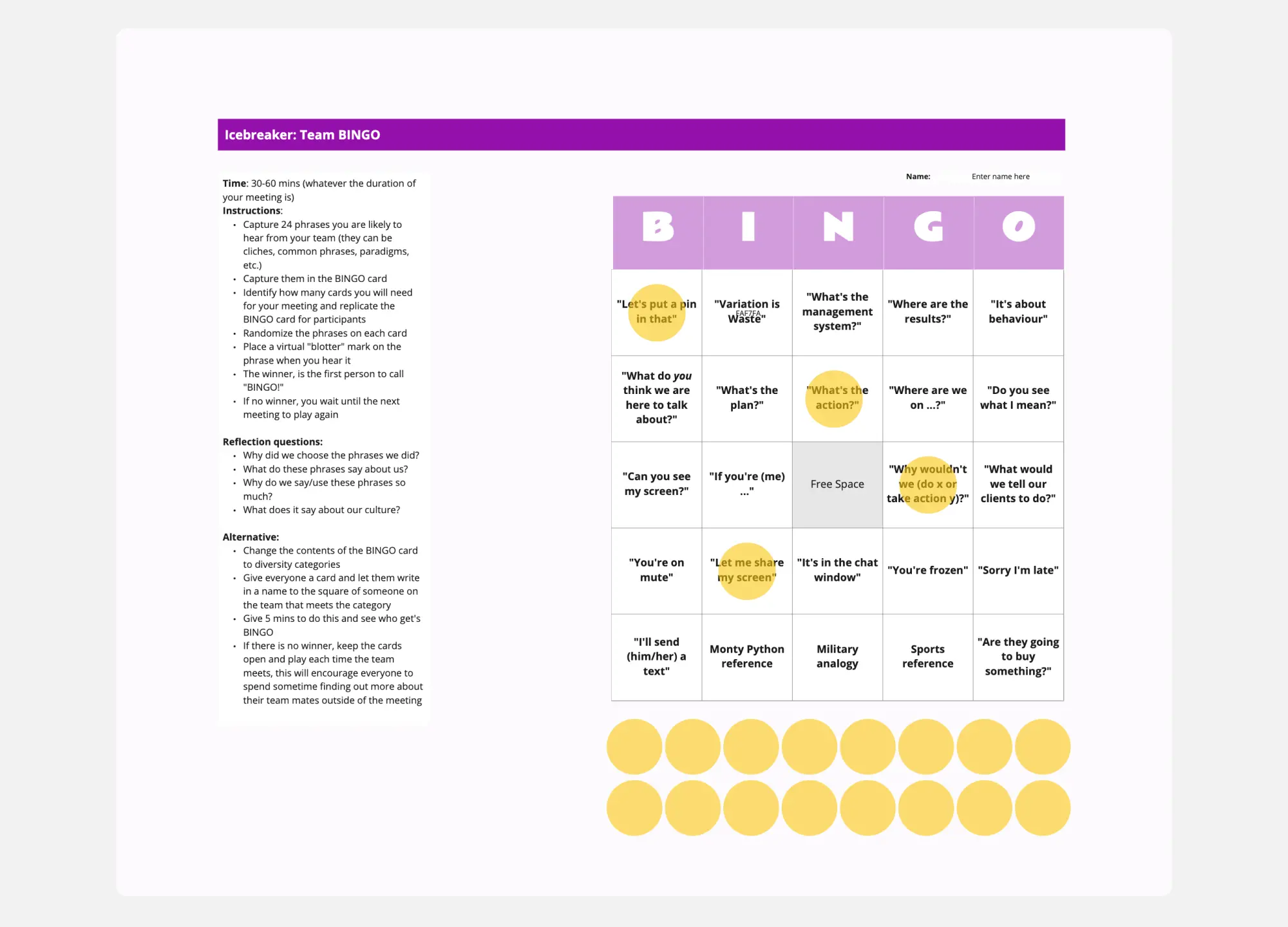
Workshop and Meeting Energizers
934 likes
11K uses
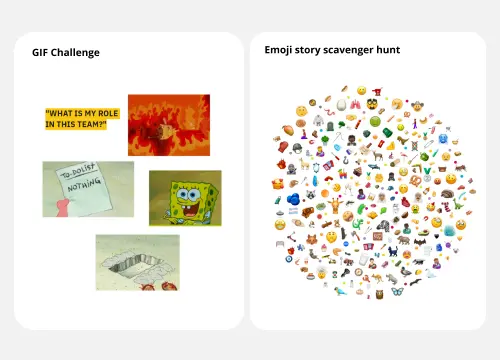
Draw Your Character
742 likes
5.5K uses
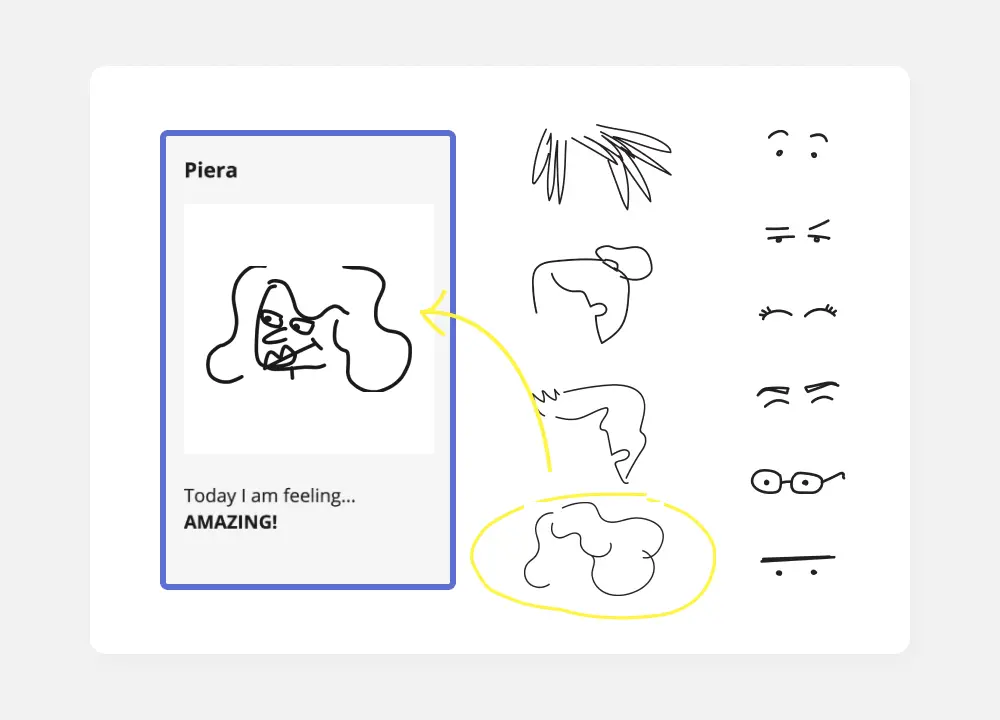
Character Mix & Match Icebreaker
2.7K likes
13K uses
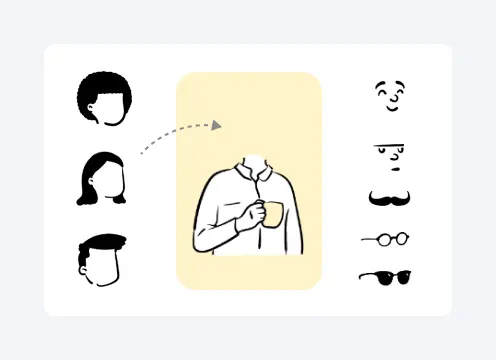
Team Player Card
200 likes
1.5K uses

Icebreaker Template
1 likes
64 uses

Terrific Ten Ice Breakers
526 likes
5.8K uses

Workshop and Meeting Energizers
934 likes
11K uses

Draw Your Character
742 likes
5.5K uses

Character Mix & Match Icebreaker
2.7K likes
13K uses

Team Player Card
200 likes
1.5K uses
